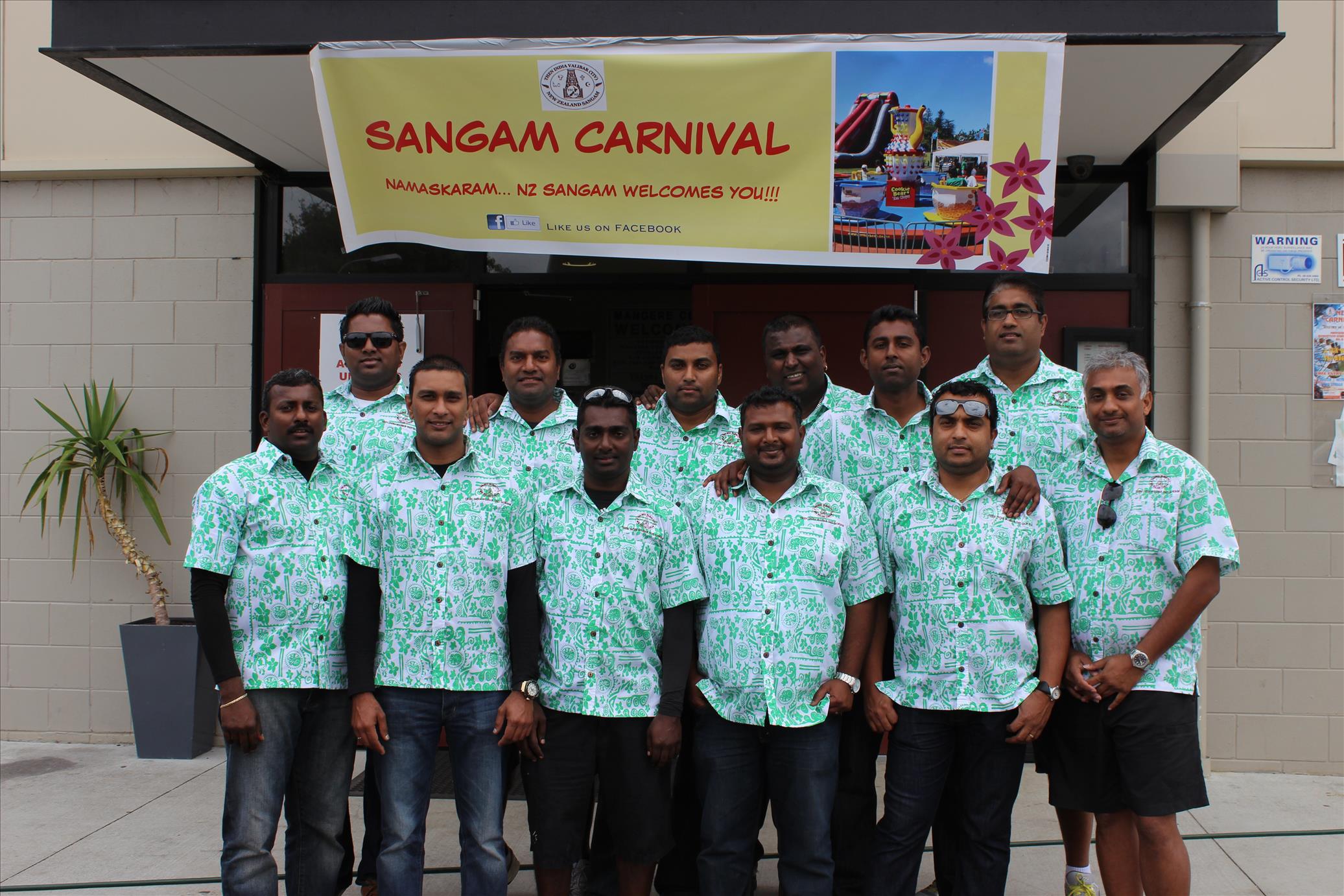Indenture everywhere involved rupture and reconstitution but its pace and pattern differed from place to place.
The fragments of ancestral culture that the migrants brought with them were lost quicker in some places than in others. Western values and practices were introduced and embraced or adapted in different places to different degrees.
The patterns of change depended on a number of factors. The timing and the nature of recruitment and migration from India and the frequency of contact with the ancestral homeland was one such.
The size of the immigrant population mattered. Smaller numbers intensified the pressure to assimilate, as in some of the smaller West Indian Islands.
Cultural issues
The opportunity and facility for cultural reproduction was influential: the bigger the critical mass of the emigrant population, the better the prospects for social reproduction. Perhaps the most important of all was the policy of the host society, whether it encouraged outward mobility and the breaching of boundaries or discouraged interaction and cross-cultural relationships.
The Fiji scene
There was no ‘open market’ for cultural exchange among the different communities in Fiji. There, each of the three principal groups, the Fijians, Indians and Europeans, was confined to its own compartments, and cross-cultural interaction was virtually non-existent.
Separate and unequal was the order of the day. Each group therefore had to rely on its own cultural resources for sustenance. For Indians, this meant building upon the remnants of the remembered past of their indentured forebears. This is in contrast to other places such as Guyana where, according to the late (Sri Lanka-born Anthropologist) Chandra Jayawardena, “free shopping existed in the cultural market place and preferences were influenced by the perceived advantages of English culture in the wider society.”
A distinct ‘Indian’ sensibility has persisted in Fiji far more than it has in other places, and it is a direct consequence of the colonial Fijian policy of racial segregation.
Indian settlers
In 1879, Fiji was the last major importer of Indian indentured labour. By the time indentured emigration ceased there in 1916, about 60,000 migrants had been transported under a five-year ‘Agreement,’ (Girmit) which stipulated the terms and conditions of employment on the plantations and the conditions for a return passage back to India.
They could return at their own expense at the end of five years of service or at the end of ten years at government expense.
The migrants were a representative cross-section of rural Indian society caught in the maelstrom of change brought about by the consequences of British revenue and land policies and by the vicissitudes of nature.
Emigration was most probably not intended to be permanent, but most Indians never returned, lured by the opportunities of their new homeland and the fraught social consequences of returning after crossing the ‘kala pani,’ the dark, dreaded pollution-causing seas.
New society
Once settled in their new homelands, the migrants began the onerous task of creating a new society from the memory of the world they had left behind and the realities they encountered in their new place of residence.
Two things about the regional background of the migrants are noteworthy.
The first is that most of the indentured migrants came from North India, initially from Bihar and later from the United Provinces (now Uttar Pradesh) and fewer from South India. A majority of South Indian migrants went to Malaya, Ceylon and Burma under the ‘Kangani’ system. Natal was the largest ‘sugar colony’ outside Southeast Asia to import South Indian indentured labour, followed by Mauritius.

Regional pattern
This regional pattern of labour recruitment meant that North Indian languages and cultures and folk traditions dominated in the sugar colonies, providing the overall framework within which overseas Indian society and culture evolved.
The second thing about the Indian background was that most migrants came from an agricultural and middling social background. Among the largest caste groups which went to Fiji were 39% cultivating and artisan castes (such as Ahir, Kurmi, Kori, Kumhar), 22% lower and menial castes (Chamar, Dhushad, Pasi, among others), and 14% high castes (Brahmin and Kshatriya). They were people of the ‘Little Tradition,’ in Milton Singer’s terms, from the peasant stock, ordinary sons and daughters of the soil, not offspring of the ‘Great Tradition’ of learning and scholarship practised by the cultural elite in urban centres (Singer, 1972).
This peasant background formed the substratum of the culture that evolved in the indentured diaspora.
Professor Brij Lal is an academic at the Canberra based Australian National University. The above is an extract from his publication titled, ‘The world become stranger, the pattern more complicated: Culture, Identity and the Indo-Fijian Experience.’ We hope to provide further excerpts in our future issues.
The Special Section carries other articles of Professor Lal.
Editor’s Note: Indians in Fiji, unlike their counterparts in other parts of the world (outside India) have forged a common language, speaking their own version of Hindi. However, organisations such as the ‘Then India Sanmarga Ikya Sangam’ have been concerting efforts to encourage their members and families to retrace their roots (in this case, Tamil) and revive their mother tongue. The Sangam has its branches in all the countries where the Indo-Fijian Diaspora is present and their activities include language classes, cultural and literary programmes and of course soccer. The pictures appearing represent the Tamil population in Fiji and New Zealand.






